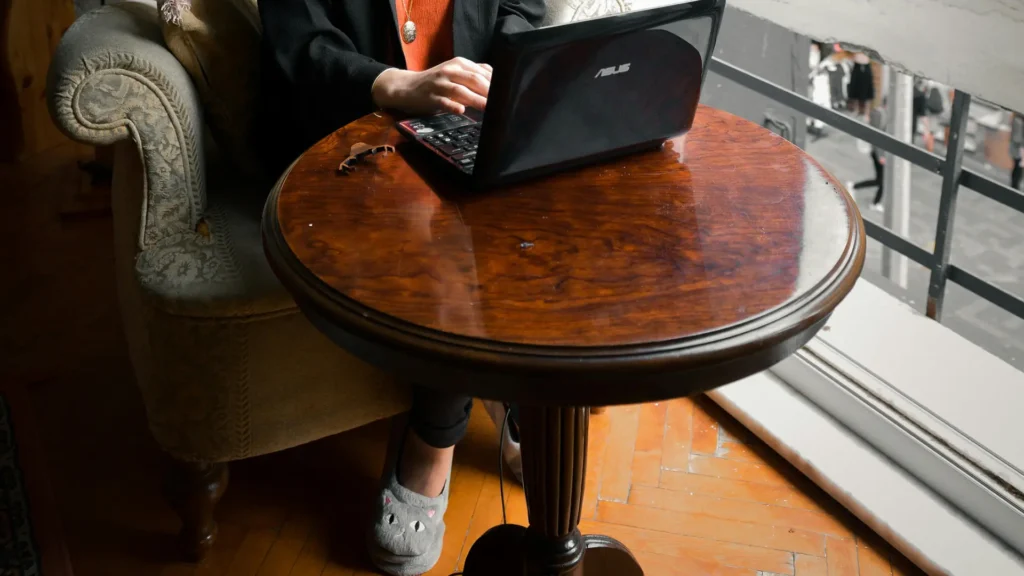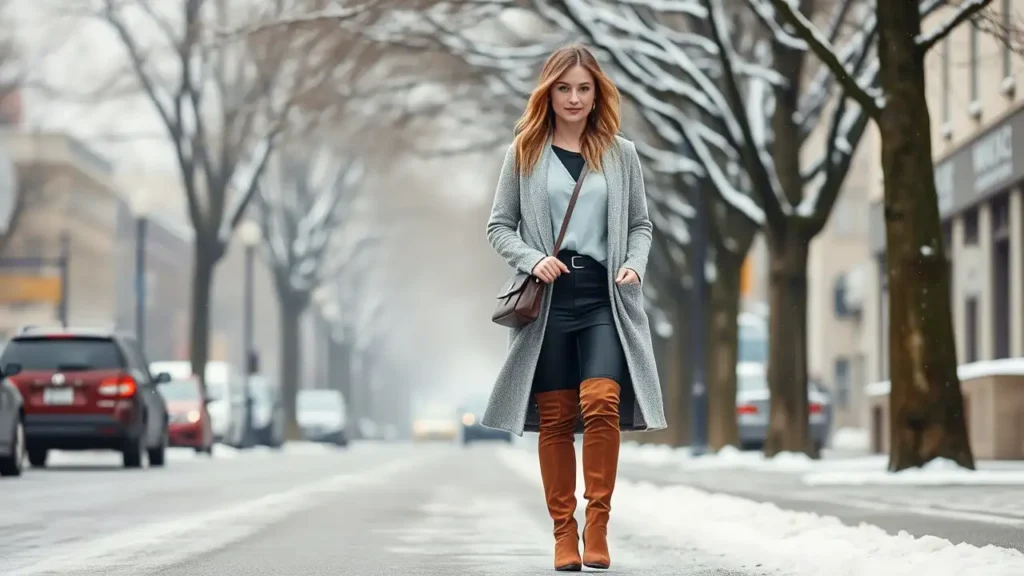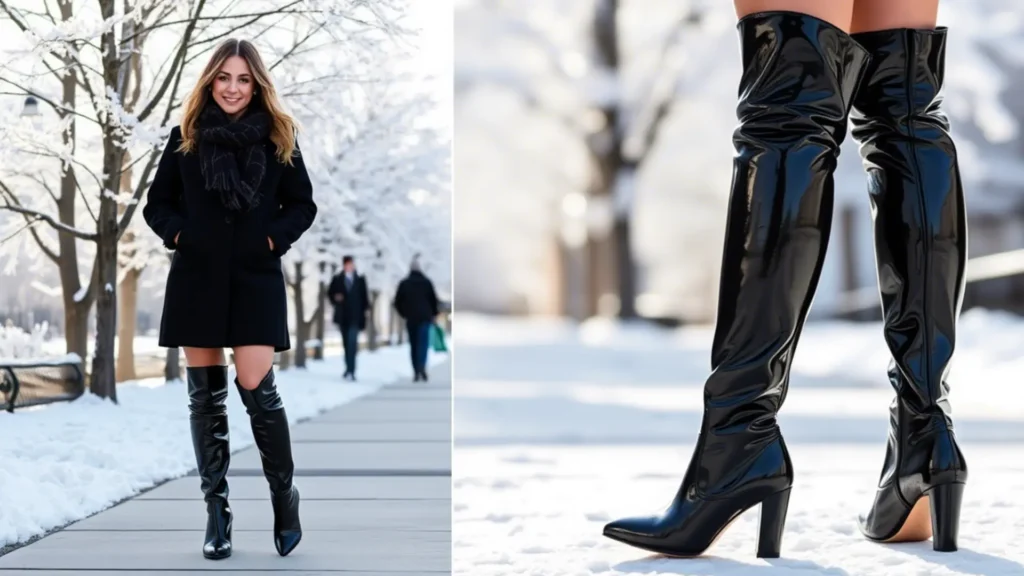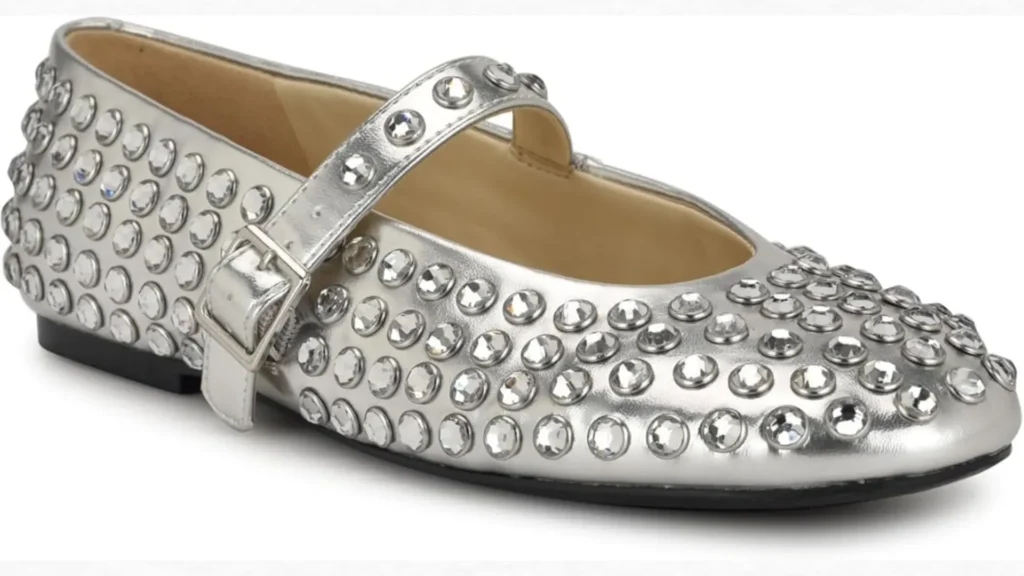A business casual wardrobe demands shoes that are both stylish and practical.
These shoes must look professional yet feel comfortable for long hours. They should be versatile enough to match various outfits while maintaining durability.
The Importance of Shoes in a Business Casual Wardrobe
Business casual is a dress code that blends professionalism with flexibility. It falls between formal business suits and everyday casual wear. You’ll see it in offices, client meetings, networking events, or semi-professional settings.
For both men and women, shoes need to look polished but not overly formal. Sneakers often feel too relaxed, while traditional dress shoes can seem too stiff. The ideal business casual shoes strike a perfect balance, offering a refined look with a touch of ease.
Shoes are a critical part of any outfit. They tie the entire look together and reflect attention to detail. A poorly chosen pair can undermine an otherwise sharp ensemble.
Conversely, the right shoes enhance your professional image and boost confidence. Comfort is equally vital. Business casual shoes are often worn for extended periods. Quality shoes also offer better value over time.
Types of Business Casual Shoes for Men
Business casual shoes share several defining features. They have clean, sleek designs without excessive embellishments. High-quality materials like leather or suede are standard, ensuring durability and a premium appearance.
Comfort is non-negotiable—shoes should support your feet during long workdays. Neutral colors such as black, brown, navy, or gray are preferred, as they complement a wide range of outfits.
Versatility is also key, allowing the shoes to transition seamlessly from office to after-work events.
Men have a variety of shoe styles to choose from for business casual settings. Each offers unique benefits and suits different preferences or occasions.
Loafers are slip-on shoes known for their ease and versatility. They pair well with suits, chinos, or dress pants, making them a staple in business casual wardrobes. Leather loafers in black or brown deliver a classic, polished look. Suede loafers add texture but require extra care to avoid stains. Popular styles include penny loafers, with their iconic leather strap, and tassel loafers, which add a touch of flair.
Oxfords are lace-up shoes with a formal heritage. They work well in business casual settings when styled appropriately. Plain-toe Oxfords are sleek and minimalist, while brogue Oxfords, with decorative perforations, add subtle character. Dark colors like black or brown are ideal. Avoid overly glossy finishes to keep the look relaxed.
Derbies are similar to Oxfords but feature open lacing, which gives them a slightly less formal appearance. They’re ideal for pairing with jeans, chinos, or dress pants. Brown or burgundy Derbies add warmth and versatility to an outfit, making them a great choice for business casual environments.
Monk strap shoes replace laces with distinctive buckles, offering a bold and sophisticated look. They suit individuals who want to stand out while maintaining professionalism. Black or brown monk straps pair well with suits, blazers, or chinos.
Chelsea boots are ankle-high with elastic side panels, offering a modern and streamlined silhouette. They’re perfect for business casual settings, especially with slim-fit pants or jeans. Black or dark brown leather Chelsea boots maintain a professional edge.
Chukka boots are ankle-high with two or three eyelets for laces. They’re less formal than Chelsea boots but still polished. Suede or leather chukkas in neutral tones work well for business casual outfits, especially in cooler months.
Types of Business Casual Shoes for Women
Women’s business casual shoes combine elegance with practicality. The options are diverse, catering to various tastes and workplace needs.
Ballet flats are simple, flat-soled shoes with a feminine aesthetic. They’re comfortable for all-day wear and pair well with skirts, dresses, or tailored pants. Leather or suede flats in neutral colors like black, navy, or nude are professional and versatile.
Women’s loafers mirror the men’s version in versatility and polish. They work with trousers, skirts, or dresses. Black, navy, or brown leather loafers are safe, timeless choices that elevate any business casual outfit.
Ankle boots add a contemporary flair to business casual wardrobes. They’re ideal for fall and winter, pairing well with dresses or pants. Leather boots in black, brown, or gray maintain a professional look. Avoid overly casual or chunky designs.
Pumps with low to mid-height heels (1-2 inches) are elegant and elongating. They’re suitable for business casual settings when kept simple. Neutral colors like nude, black, or gray are versatile and professional. Avoid high stilettos, which can feel too formal or impractical.
Women’s Oxfords borrow from menswear, offering a structured and sophisticated look. They pair well with tailored trousers or blazers. Black or brown leather Oxfords are professional and timeless.
Mary Janes feature a strap across the top of the foot, adding a delicate touch. Low-heeled or flat Mary Janes in leather are professional yet comfortable. They suit dresses, skirts, or pants.
Choosing the Right Materials
The material of a shoe impacts its appearance, comfort, and longevity. Leather is the gold standard for business casual shoes.
Full-grain leather is top-tier, offering durability and a luxurious finish, though it’s pricier. Top-grain leather is more affordable and still high-quality. Suede provides a softer, textured look but is prone to staining and requires careful maintenance.
Synthetic materials are budget-friendly but wear out faster and lack the premium feel of leather. For long-term value, prioritize leather or suede.
Matching Shoes with Business Casual Outfits
Neutral colors dominate business casual footwear for their versatility. Black is the most formal and pairs with nearly everything. Brown, including shades like cognac or chestnut, adds warmth and complements earthy tones.
Navy is modern and works well with blue, gray, or white outfits. Gray is subtle and suits cool-toned clothing. Avoid bright colors like red, yellow, or green, as they can appear unprofessional or distracting in business casual settings.
Pairing shoes with outfits is straightforward with these guidelines:
- Black Shoes: Pair with black, gray, navy, or white outfits. They’re formal and universally compatible.
- Brown Shoes: Match with brown, beige, blue, or green clothing. They add warmth and versatility.
- Navy Shoes: Combine with gray, white, blue, or black outfits. They’re modern and sleek.
- Gray Shoes: Work with black, white, or cool-toned colors like blue or purple. They’re understated.
Consider the outfit’s formality. Loafers, flats, or chukkas suit relaxed looks with chinos or skirts. Oxfords, pumps, or monk straps elevate dressier outfits with blazers or tailored trousers.
The best shoes for a business casual wardrobe combine style, comfort, and versatility. With the right shoes, you’ll exude professionalism, feel confident, and be ready for any business casual occasion.




